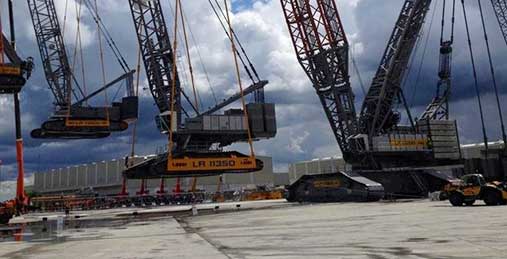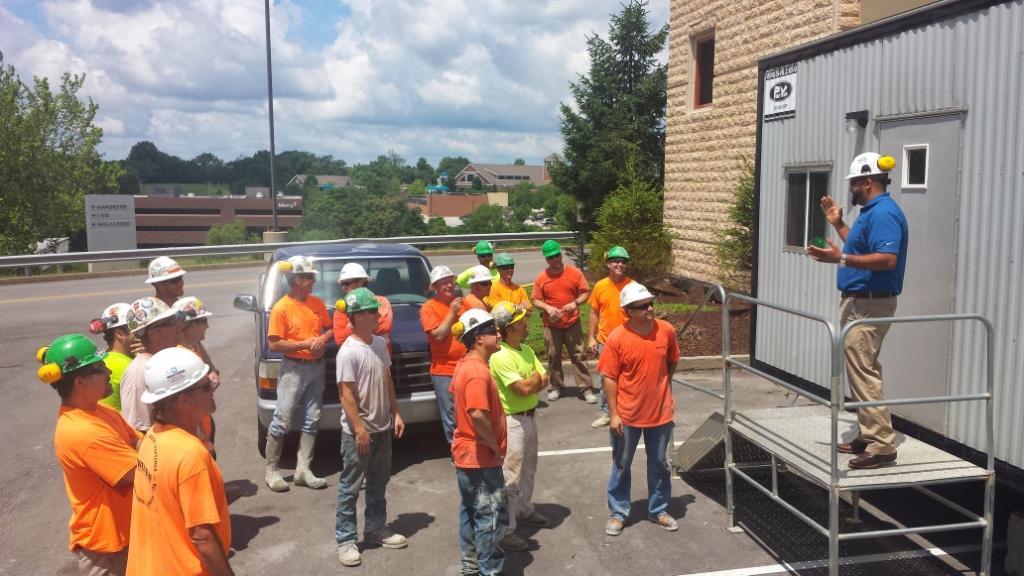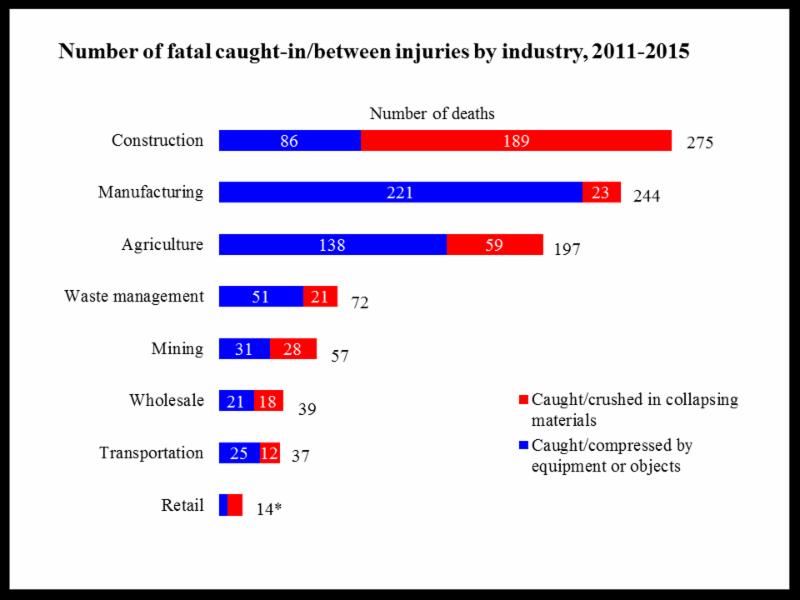The U.S. Department of Labor’s Occupational Safety and Health Administration proposed a rule to increase the safety of America’s construction sites. In addition to providing long-term clarity regarding crane operator certification requirements, the proposal reinstates the employer duty to ensure a crane operator is qualified to safely operate equipment. Under the proposed rule, a change to the categories of certifications for crane operators would ensure more operators are able to meet the requirement. The proposal discontinues a 2010 requirement, which never went into effect, that crane operator certification must include the crane lifting capacity for which the operator is certified. The … Read more
Western Specialty Contractors Launches Program to Re-Evaluate Safety on Changing Jobsites
The construction industry is fast-paced and ever-changing. Change can be exciting for workers and their supervisors, but it can also be challenging. Not taking the time to ask the right questions about safety when a job changes can potentially lead to unsafe choices, accidents and delays. Starting in May, Western Specialty Contractors launched its S-T-E-P-P-S (Stop, Think, Employees, Public, Property, Safety) Program designed to get workers to ask the right questions about safety during job changes and develop the answers that will prevent accidents. “Since their jobs change every day, Western is requiring that every worker and their foremen STOP … Read more
Brasfield & Gorrie Observes Safety Week 2018
BIRMINGHAM, Ala. – Brasfield & Gorrie today is joining with other construction industry stakeholders in sponsoring Safety Week 2018, an industry-wide initiative that aims to raise awareness of safety in construction. During the week of May 7-11, the company will observe Safety Week with events and activities at its offices and jobsites. Centered around the theme, “Teamwork Makes Safety Work,” Brasfield & Gorrie’s efforts seek to increase employee engagement in safety. The company’s Safety Week initiatives include a fundraising component to benefit Kids’ Chance, a nonprofit organization that provides scholarships to children who have been affected by workplace injuries. To … Read more
ABC, BCSP Ink Deal to Promote Construction Safety
Associated Builders and Contractors and the Board of Certified Safety Professionals signed a memorandum of understanding to collaborate on improving occupational safety and health at construction workplaces throughout the United States. The partnership is centered on developing effective prevention strategies and technologies, as well as encouraging students and other professionals to choose occupational safety and health as a career and advance their competency in that field. “ABC is committed to an incident- and accident-free workplace, which we advance through research on best practices, education and benchmarking tools—our Safety Training Evaluation Process,” said Greg Sizemore, ABC vice president of HSE & … Read more
CPWR Quarterly Data Report Examines Caught-In/Between Injuries, Prevention
Caught-in/between hazards are among OSHA’s Focus Four causes of occupational fatalities in the construction industry. This category includes workers killed when trenches, walls, equipment or materials collapse, as well as people pinched/compressed between objects and equipment or caught in moving machinery. A new CPWR Quarterly Data Report, Caught-in/between Injuries and Prevention in the Construction Industry, examines fatality and injury statistics from 2003 to 2015. Key findings include: From 2011 to 2015, 275 construction workers died from caught-in/between injuries, more than any other major industry In 2015, 68 construction workers were killed due to caught-in/between injuries, a 33 percent increase from … Read more












 Join our thriving community of 70,000+ superintendents and trade professionals on LinkedIn!
Join our thriving community of 70,000+ superintendents and trade professionals on LinkedIn! Search our job board for your next opportunity, or post an opening within your company.
Search our job board for your next opportunity, or post an opening within your company. Subscribe to our monthly
Construction Superintendent eNewsletter and stay current.
Subscribe to our monthly
Construction Superintendent eNewsletter and stay current.